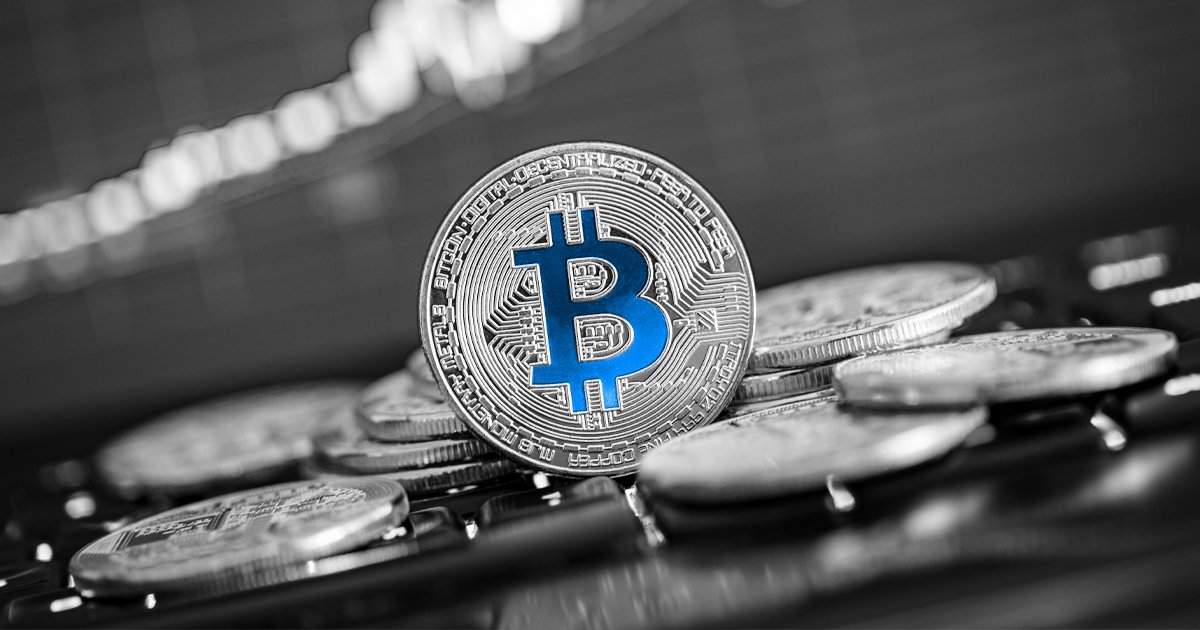The Securities and Exchange Commission swatted the proverbial hornet’s nest in a first-of-its-kind insider trading action involving digital assets listed for trading on a major trading platform. While insider trading actions are common, the SEC made headlines by alleging for the first time that nine digital assets traded on Coinbase Global, Inc., one of the largest crypto asset trading platforms in the United States, satisfied the legal definition of “securities,” giving the SEC jurisdiction to bring charges under the anti-fraud provisions of the federal securities laws.
The SEC’s complaint filed on July 21 in the United States federal district court in Seattle alleged that Ishan Wahi, a manager in Coinbase’s assets and investing products group, repeatedly provided his brother Nikhil Wahi and a close friend, Sameer Ramani, with information about the timing and content of Coinbase’s announcements that the company would list cryptocurrency assets on its trading platform, in violation of Coinbase’s confidentially requirements. Nikhil and Ramani allegedly made at least $1.1 million by trading ahead of the announcements.
According to the SEC, between at least June 2021 and June 2022, blockchain addresses linked to Nikhil and Wahi traded ahead of (sometimes by just minutes) more than ten announcements involving at least 25 crypto assets, nine of which were “crypto asset securities.” The SEC’s complaint asserted that these digital assets satisfied the definition of investment contracts in SEC v. W.J. Howey Co., 328 U.S. 293 (1946) because they were offered and sold to investors who made an investment of money in a common enterprise, with a reasonable expectation of profits derived from the efforts of others.
More specifically, the SEC explained, each of the nine crypto asset securities were offered and sold by an issuer to raise money for the issuer’s business. The issuers and their promoters solicited investors by touting the potential for profits and the ability of investors to engage in secondary trading of their tokens, with the success of the investment depending on the efforts of management and others at the company. These representations were made through white papers, websites, social media, messaging systems and platforms such as Twitter, YouTube and Medium.[1] Thus, the SEC asserted that the nine crypto securities invited investment on the promise that managerial efforts and the availability of secondary trading would increase the value of the tokens, which were the “hallmarks” of a security.
The SEC is seeking injunctions, civil monetary penalties, and disgorgement for violations of Section 10(b) of the Securities Exchange Act and Rule 10b-5 thereunder. In a parallel action, the U.S. Attorney for the Southern District of New York brought criminal charges against the Wahi brothers and Ramani for wire fraud and wire fraud conspiracy, not insider trading. The Wahi brothers have pleaded not guilty to the charges, while Ramani is still at large.
The reaction to the SEC’s action was swift and scalding. Critics accused the SEC of pursuing “regulation by enforcement” rather than taking a regulatory approach. Coinbase stated that it does not list securities for trading and petitioned the SEC to propose new rules for the offer, sale, registration and trading of digital assets, including rules that would identify which assets are securities. Even Commissioner Caroline Pham of the Commodities and Futures Commission blasted the SEC and stated that the action could have broad implications beyond a single case, while underscoring the need for regulators to work together. The CFTC has asserted enforcement jurisdiction over fraudulent or manipulative activity in virtual digital currencies like Bitcoin and Ether, but has not asserted “registration jurisdiction.”
There are at least two potential roadblocks to future SEC actions. First, the outcome of court rulings, such as in the Wahi action and SEC v. Ripple Labs, Inc., where the SEC has alleged that the XRP digital asset should be registered as a security. Second, a bipartisan bill has been introduced in the Senate that would create a regulatory structure for digital assets, including a standard for determining which are commodities and which are securities.
In the meantime, digital asset companies and related exchanges face heightened risks. The SEC’s action demonstrates that the agency is prepared to bring enforcement actions based on the Division of Corporation Finance’s April 2019 “Framework for ‘Investment Contract’ Analysis of Digital Assets” that applied the Howey test to determine whether crypto assets are securities. The SEC has beefed up hiring for the newly created Crypto Assets and Cyber Unit, while SEC Chair Gary Gensler stated that when digital assets function as securities they will be treated as such.
***
Please contact Alto Litigation partners Bahram Seyedin-Noor (bahram@altolit.com) or Bryan Ketroser (bryan@altolit.com) if you require counseling on a securities litigation matter.
****
Disclaimer: Materials on this website are for informational purposes only and do not constitute legal advice. Transmission of materials and information on this website is not intended to create, and their receipt does not constitute, an attorney-client relationship. Although you may send us email or call us, we cannot represent you until we have determined that doing so will not create a conflict of interests. Accordingly, if you choose to communicate with us in connection with a matter in which we do not already represent you, you should not send us confidential or sensitive information, because such communication will not be treated as privileged or confidential. We can only serve as your attorney if both you and we agree, in writing, that we will do so.
The materials on this website are not intended to constitute advertising or solicitation. However, portions of this website may be considered attorney advertising in some states.
Unless otherwise specified, the attorneys listed on this website are admitted to practice in the State of California.
[1] The SEC cast a skeptical eye on white papers by observing that they often used “pseudo-technical jargon”.

